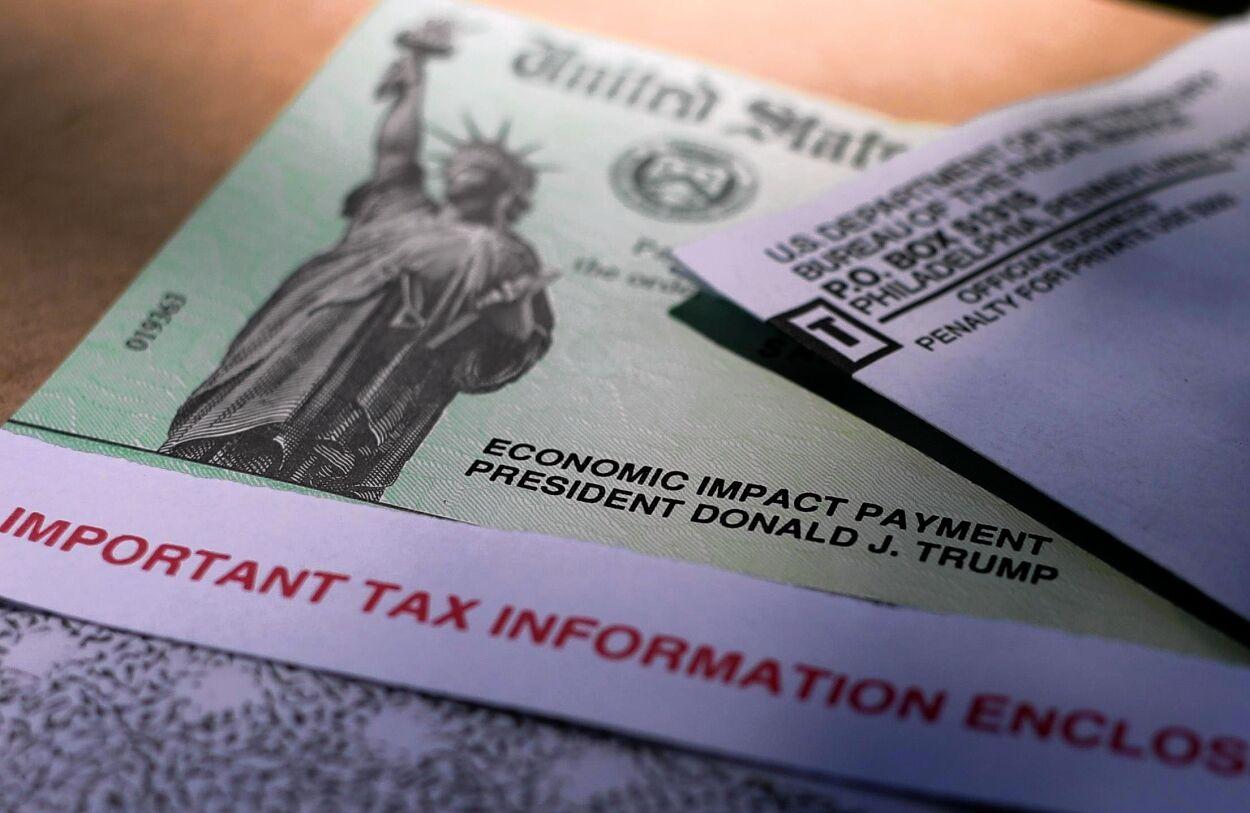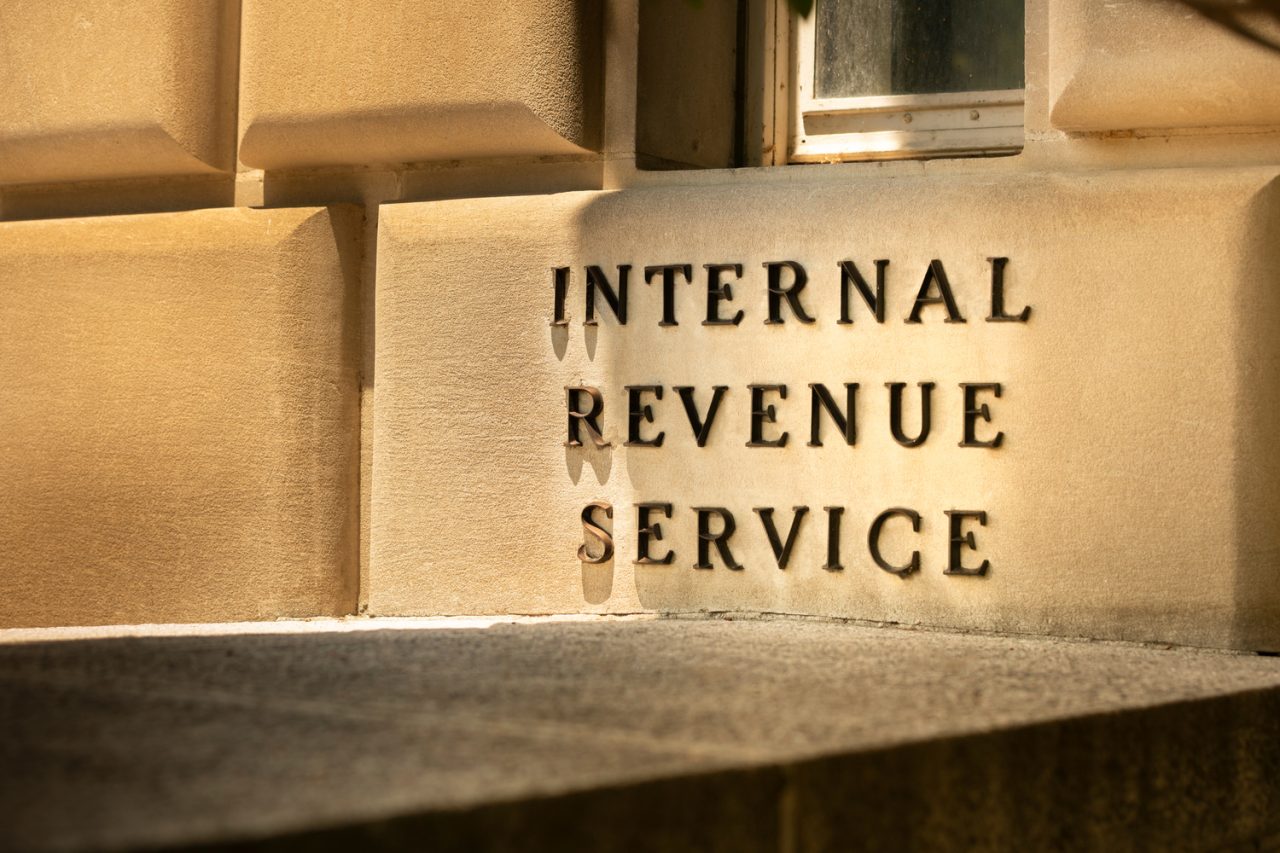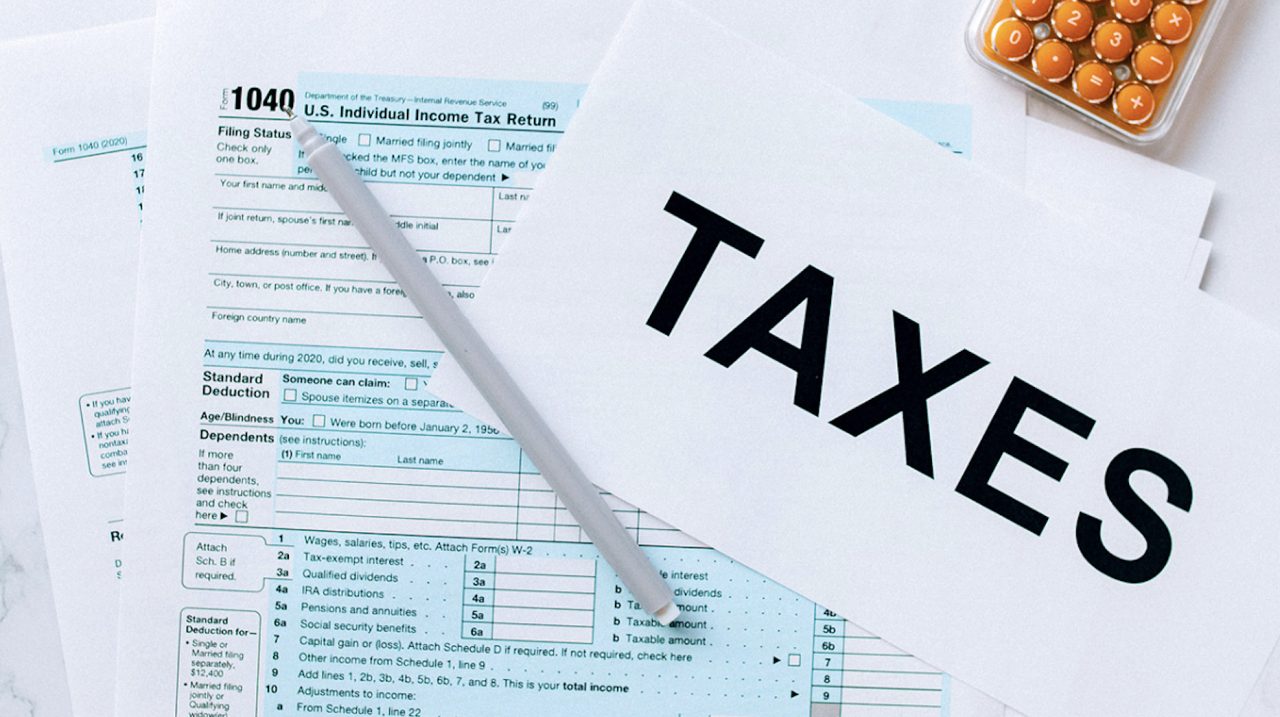With the completion of special mailings of all Letters 6475 to recipients of the third-round of Economic Impact Payments, the Internal Revenue Service reminds people to accurately claim any remaining third-round stimulus payment on their 2021 income tax return as the 2021 Recovery Rebate Credit.
Through December 31, 2021, the IRS issued more than 175 million third-round payments totaling over $400 billion to individuals and families across the country. Most of the third-round payments were issued in the spring and early summer of 2021. The IRS continued to send plus-up payments through December if, after their 2020 tax return was processed last year, the taxpayer was eligible for additional amounts.
As required by law, the IRS is no longer issuing first-, second-, or third-round Economic Impact Payments. Instead, people who are missing a stimulus payment or got less than the full amount may be eligible to claim a Recovery Rebate Credit on their 2020 or 2021 federal tax return.
Most eligible people already received the full amount of their credit in advance and don’t need to include any information about this payment when they file their 2021 tax return. This includes the additional payments – called “Plus-Up” Payments – the IRS issued to individuals who initially received a third-round Economic Impact Payment based on information on their 2019 tax return and were later eligible for a larger amount based on information on their 2020 tax return.
Individuals may securely access their IRS Online Account to view the total amount of the third-round Economic Impact Payment issued to them. This information became available on January 15, 2022, under the Tax Records page in Online Account. For married individuals filing a joint return, each spouse will need to log into their own Online Account or review their own Letter 6475 for their portion of their joint total payment. See FAQs for Topic G: Finding the Third Economic Impact Payment Amount to Calculate the 2021 Recovery Rebate Credit, for more information.
Third-round Economic Impact Payment not received? Double-check records first
Individuals are encouraged to double-check their bank accounts – especially in early spring and summer of 2021 – to see whether they received a third-round payment in advance last year.
If an individual did not receive a third-round payment – and their IRS Online Account shows a payment amount greater than $0, or they received Notice 1444-C or Letter 6475 indicating that a payment was issued to them – they should contact the IRS as soon as possible to see if a payment trace is needed. Note that Online Account shows the most current EIP information, so if a payment was issued and returned to the IRS, the amount shown in Online Account may be less than what is shown in their Letter 6475.
Taxpayers should not request a payment trace to determine if they were eligible for a payment or to confirm the amount of payment they should have received.
Individuals do not need to wait until their trace is complete to file their 2021 tax return. When completing the Recovery Rebate Credit Worksheet or answering EIP questions in the tax software, taxpayers have two options:
- Use the amount on the Letter 6475 (or EIP 3 Amount from Online Account) to calculate the RRC amount on line 30.Contact the IRS to trace the EIP amount. Once the EIP trace is completed, the IRS and the taxpayer will receive notification of the results of the EIP trace (the account it was sent to and the amount or a copy of the cashed check).
- If the trace indicates the taxpayer received the EIP amount, no further action is necessary.
- If the EIP amount was not received by the taxpayer, the IRS will adjust the RRC amount on the tax return and issue any refund.
- Use the amount of EIP the taxpayer believes they received to calculate the RRC amount on line 30. If the taxpayer’s calculation does not match the IRS calculation, the processing of the tax return will be delayed, the RRC amount will be adjusted to match IRS records and the taxpayer will receive a notice that includes a telephone number to contact if they disagree with the change to the tax return. If the taxpayer contacts the IRS and disagrees with the changes made, IRS will conduct a trace of the EIP, if necessary. Once the EIP trace is completed, the IRS and the taxpayer will receive notification of the results of the EIP trace (the account it was sent to and the amount or a copy of the cashed check).
- If the trace indicates the taxpayer received the EIP amount, no further action is necessary.
- If the EIP amount was not received by the taxpayer, the IRS will adjust the RRC amount on the return and issue any refund.
Correcting a mistake after the 2021 tax return is filed; no amended return needed
Individuals who made a mistake calculating the Recovery Rebate Credit and claimed an amount on line 30 for the 2021 Recovery Rebate Credit should not file an amended return. The IRS will correct the amount of the 2021 Recovery Rebate Credit and send a notice identifying the changes made.
If a correction is needed, there may be a delay in processing the return. If the taxpayer agrees with the changes made by the IRS, no response or action is required to indicate they agree with the changes. If the taxpayer disagrees, they can call the toll-free number listed on the top right corner of their notice.
Amended return may be needed for those eligible to claim the credit and IRS records show no Economic Impact Payment was issued
For eligible individuals who didn’t claim a Recovery Rebate Credit on their 2021 tax return (line 30 is blank or $0) and IRS records do not show the issuance of an Economic Impact Payment, they will need to file a Form 1040-X, Amended U.S. Individual Income Tax Return, to claim the remaining amount of stimulus money for which they are eligible. This includes individuals who may not have received the full amount of their third-round Economic Impact Payment because their circumstances in 2021 were different than they were in 2020.
Individuals can use the Interactive Tax Assistant, Should I File an Amended Return?, to help determine if they should amend their original tax return.
Taxpayers who need to file an amended return to claim the 2021 Recovery Rebate Credit – even if they don’t usually file taxes – should use the worksheet in the Form 1040-X to determine the amount of the credit. Enter the amount on the Refundable Credits section of the Form 1040-X and include “Recovery Rebate Credit” in the Explanation of Changes section.
Individuals who filed their 2021 return electronically and need to file an amended return, may be able to file Form 1040-X electronically.
If a taxpayer did not file their 2021 return electronically, they’ll need to submit a paper version of the Form 1040-X and should follow the instructions for preparing and mailing the paper form.
Source: IRS-2022-72, March 30, 2022









